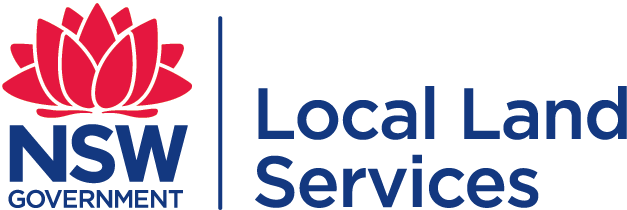Lower Hunter Spotted Gum Ironbark Forests as the name suggests, are found in a restricted range of the lower Hunter Valley.
The community was once widespread. A fragmented core of the community still occurs between Cessnock and Beresfield. Remnants occur within the Local Government Areas of Cessnock, Maitland, Singleton, Lake Macquarie, Newcastle and Port Stephens, and occur principally on Permian geology.
This vegetation community is listed as an Ecologically Endangered Community because of the flora and fauna this community supports, including the species of Spotted Gum and Broad-leaved Ironbark.
The Hunter Region Landcare Network is currently running a Woodland Birds School Education Program 2019 – 2023. This is funded through the National Landcare Program Phase 2 and Local Land Services Project, Bringing Back the Regent Honeyeater: a flagship species for our forests, farms, rivers and woodland birds to help preserve what we have left of this vegetation community.
Trees
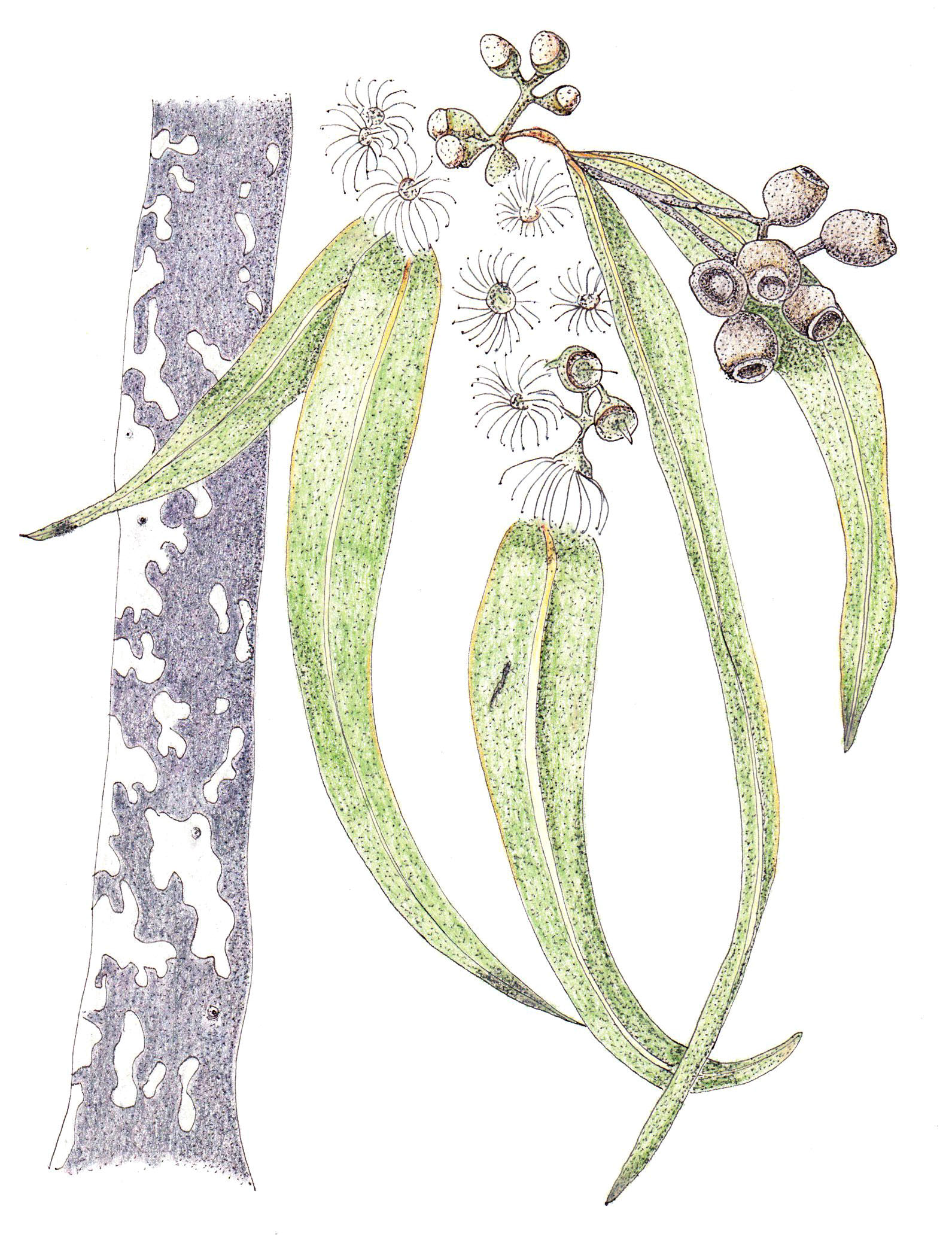
Spotted Gum
(Corymbia maculata)
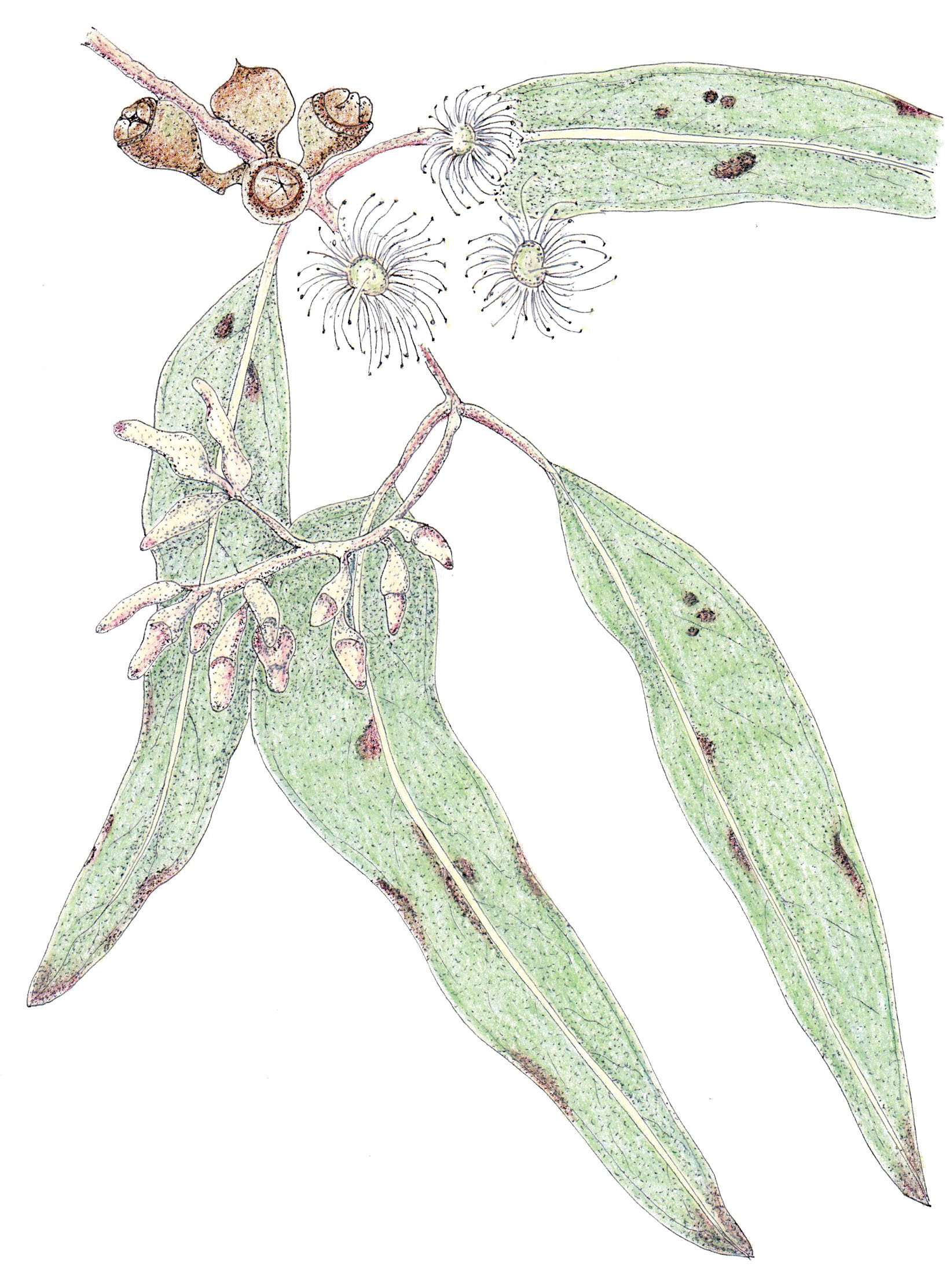
Red Ironbark
(Eucalyptus fibrosa)
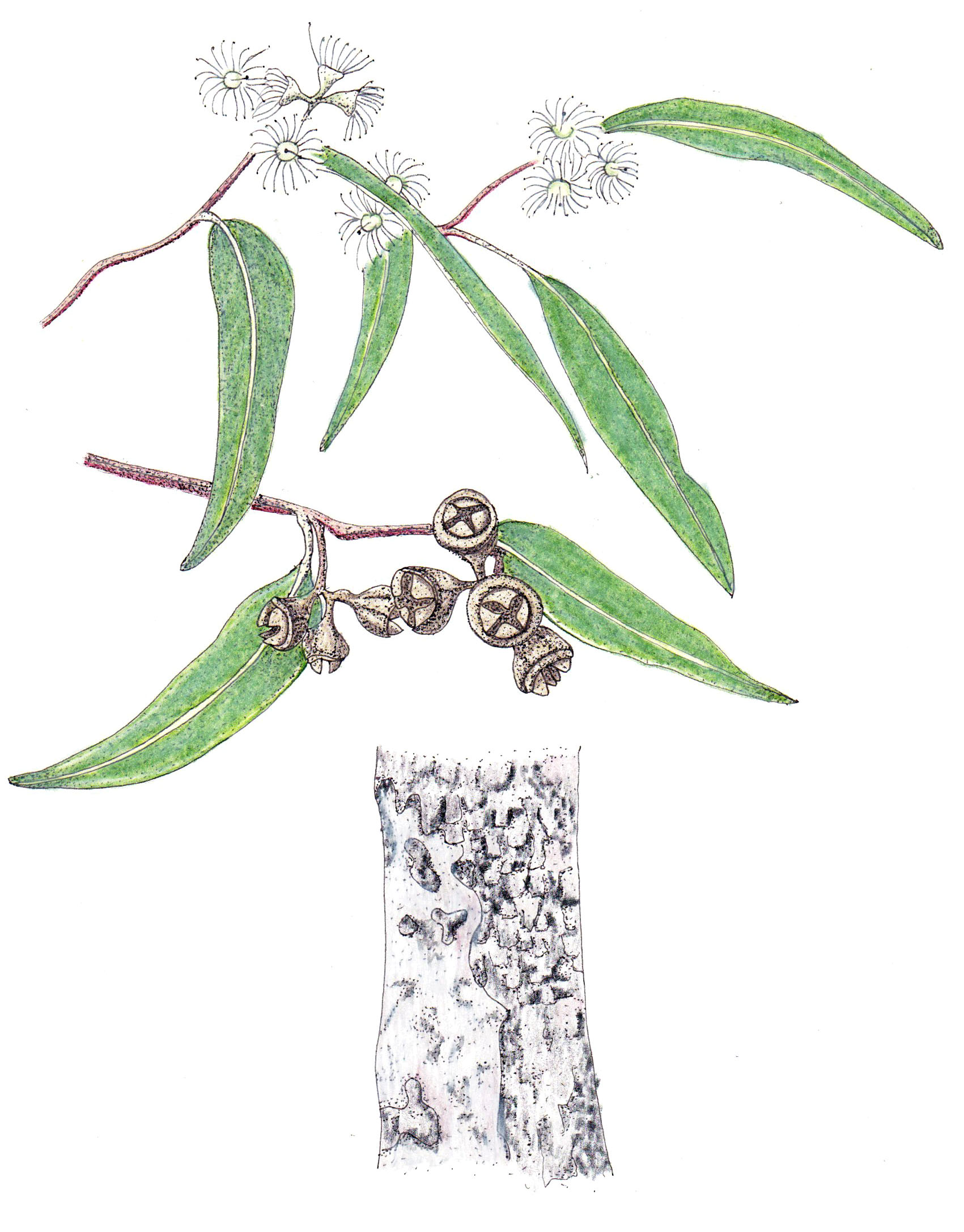
Grey Gum
(Eucalyptus punctata)
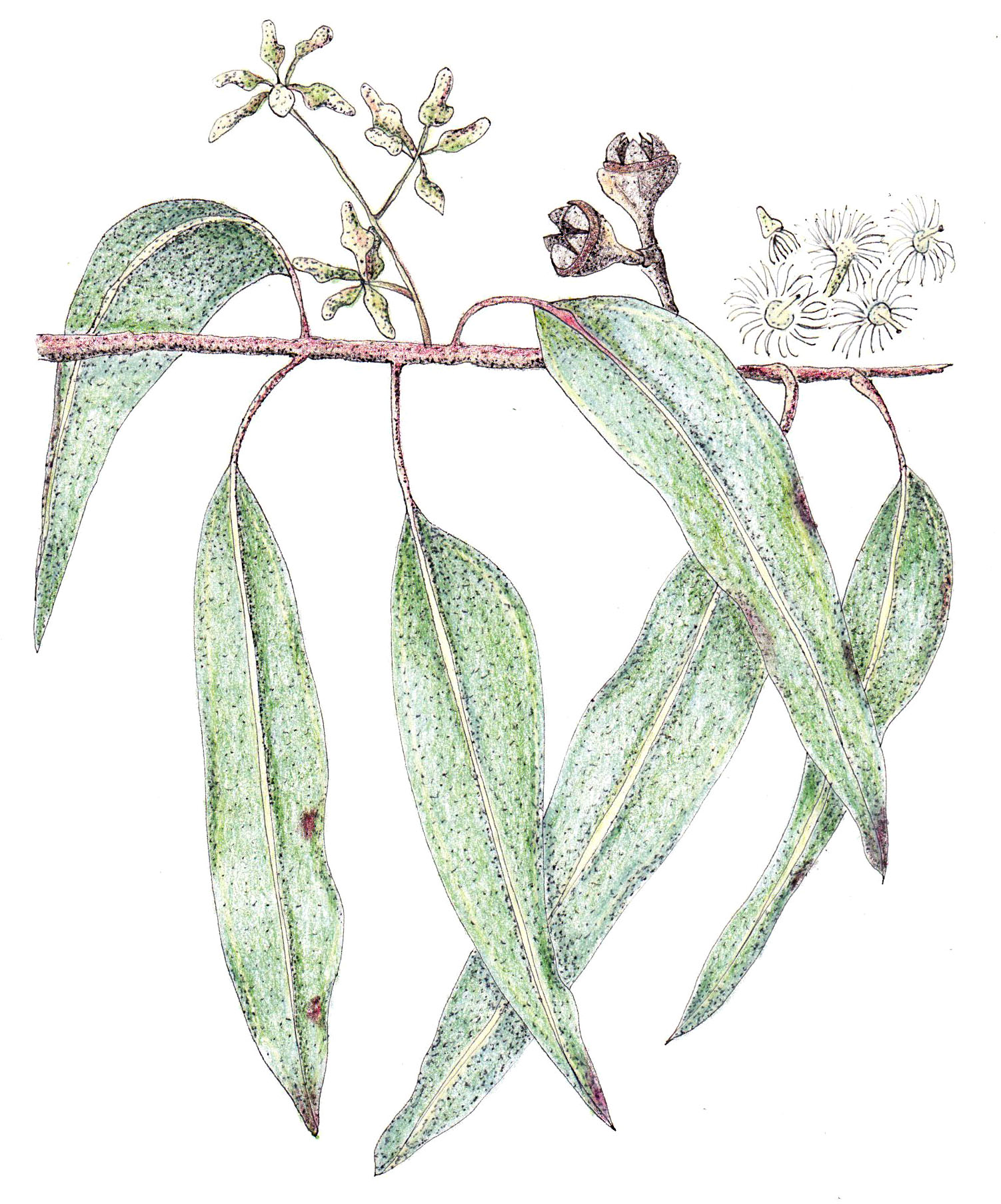
Forest Red Gum
(Eucalyptus tereticornis)
Shrubs
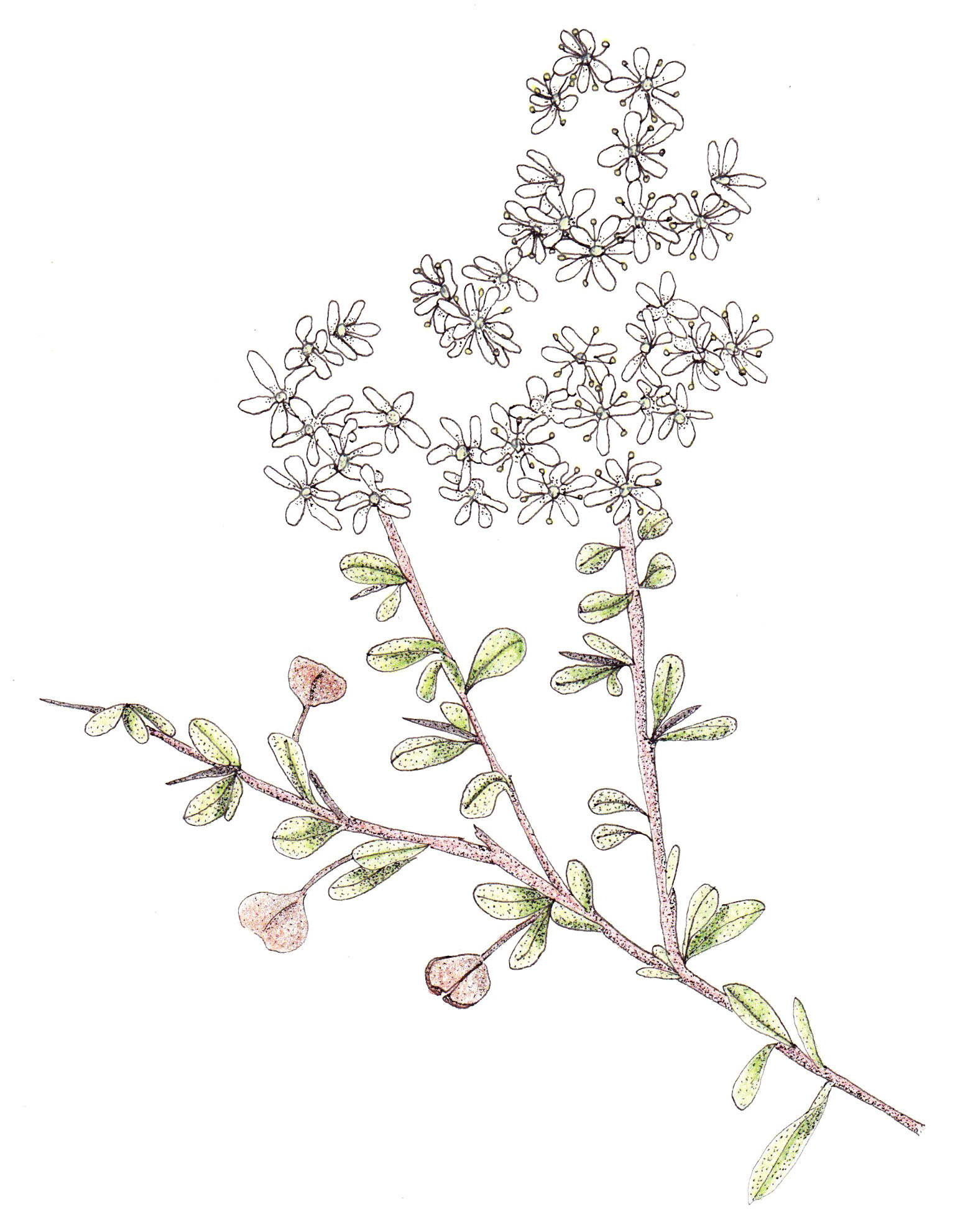
Sweet Bursaria
(Bursaria spinosa)
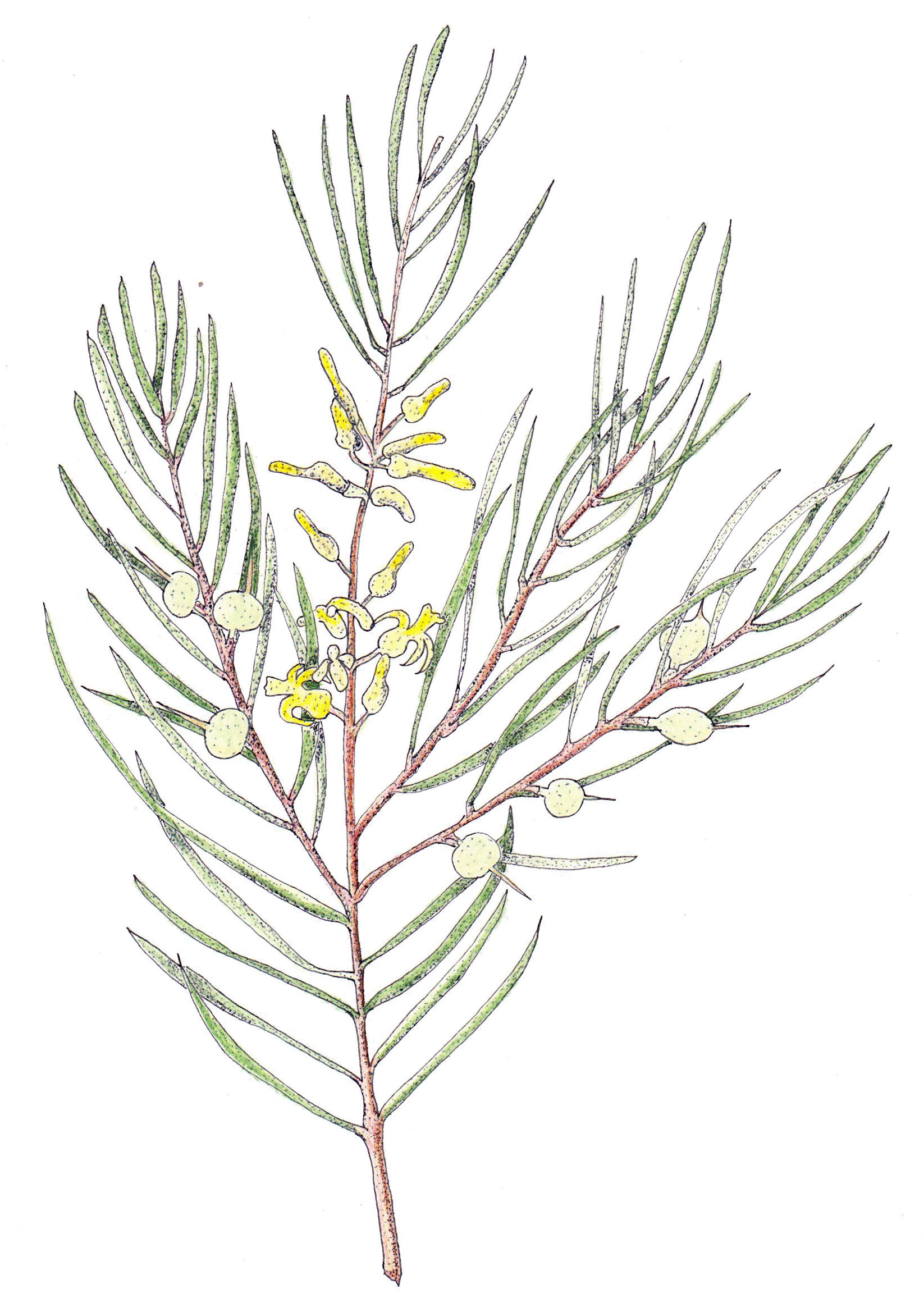
Narrow-leaved Geebung
(Persoonia linearis)
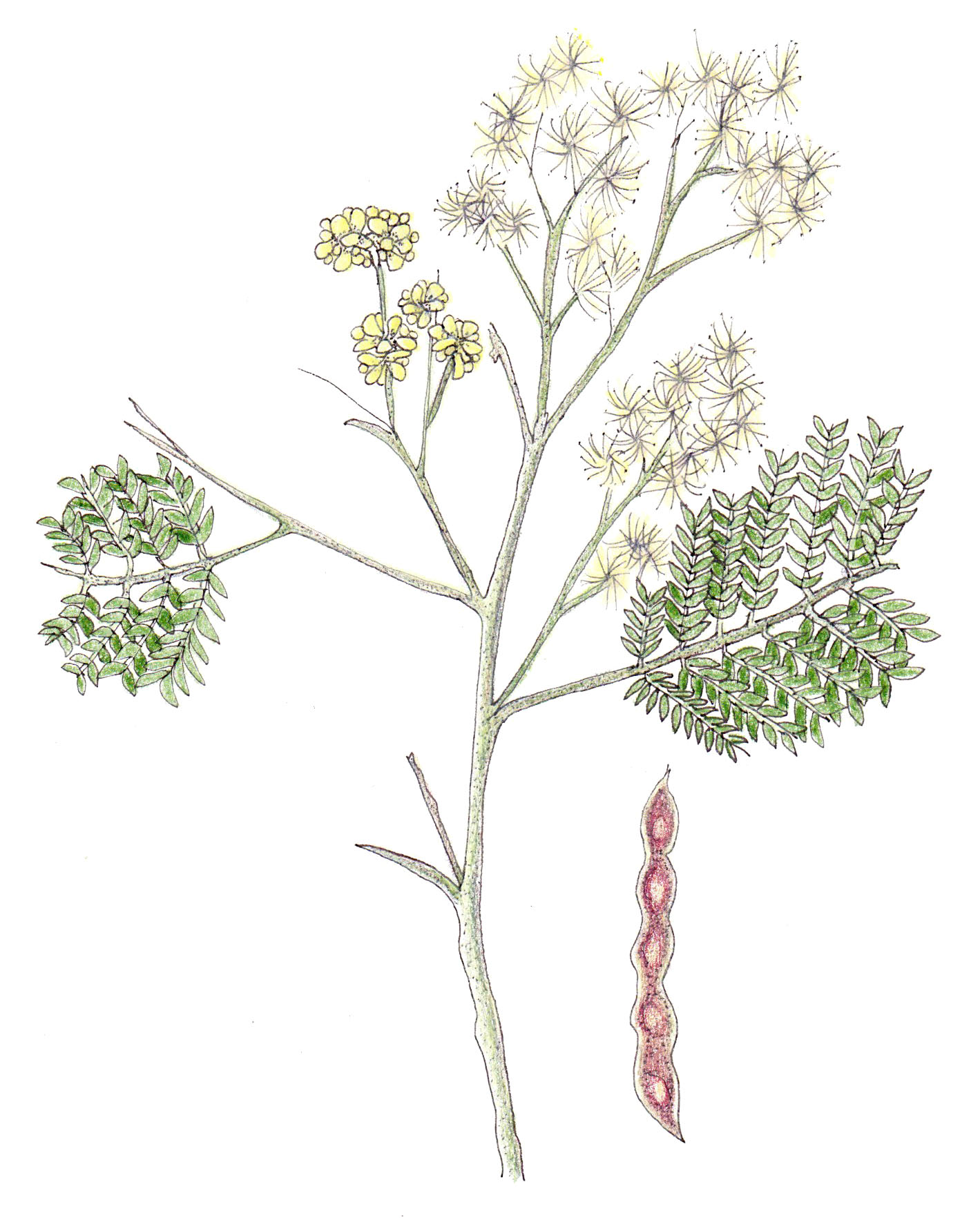
Silver-stemmed Wattle
(Acacia parvipinnula)

Gorse Bitter Pea
(Daviesia ulicifolia)
Grasses
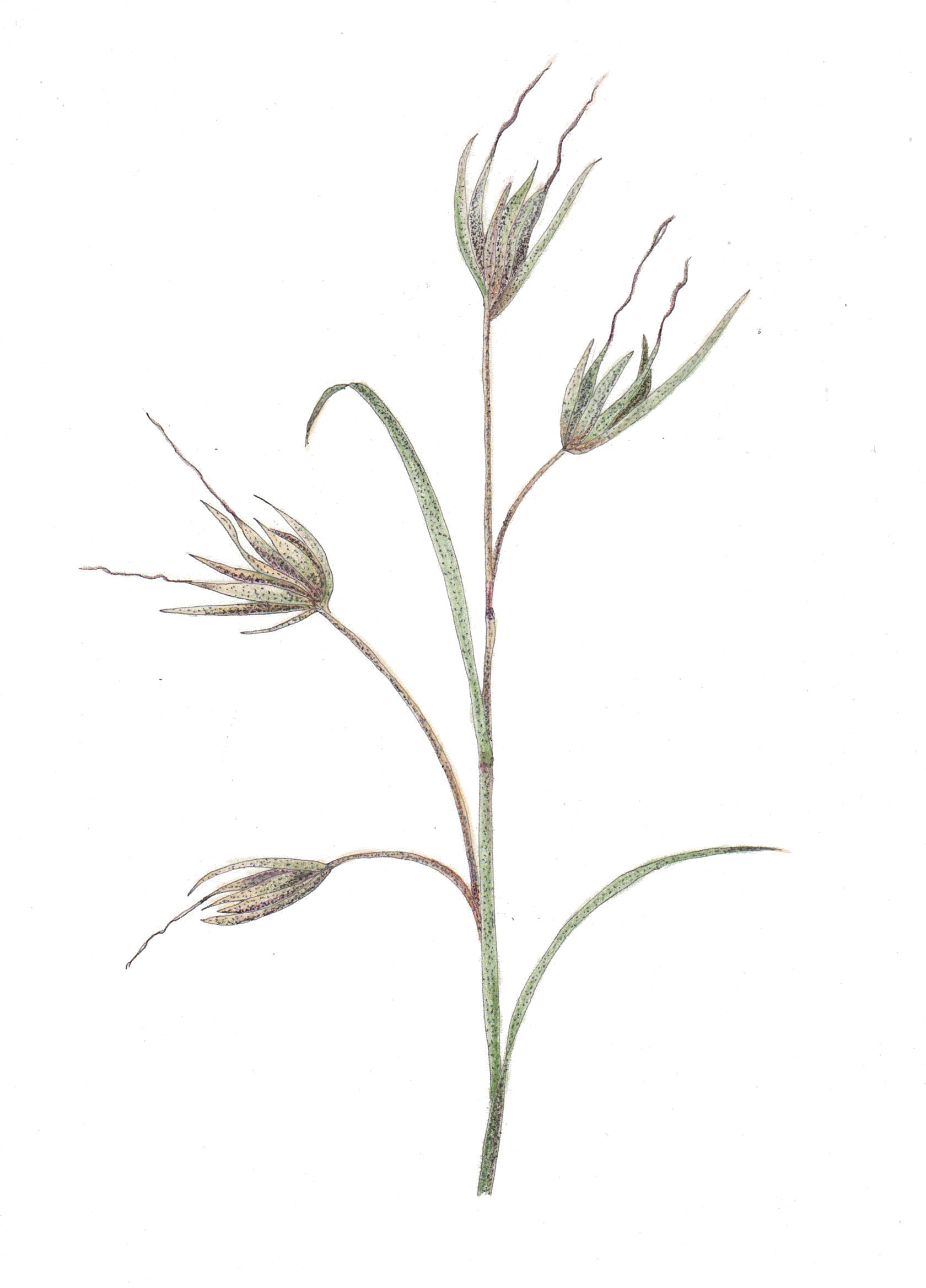
Kangaroo Grass
(Themeda triandra)
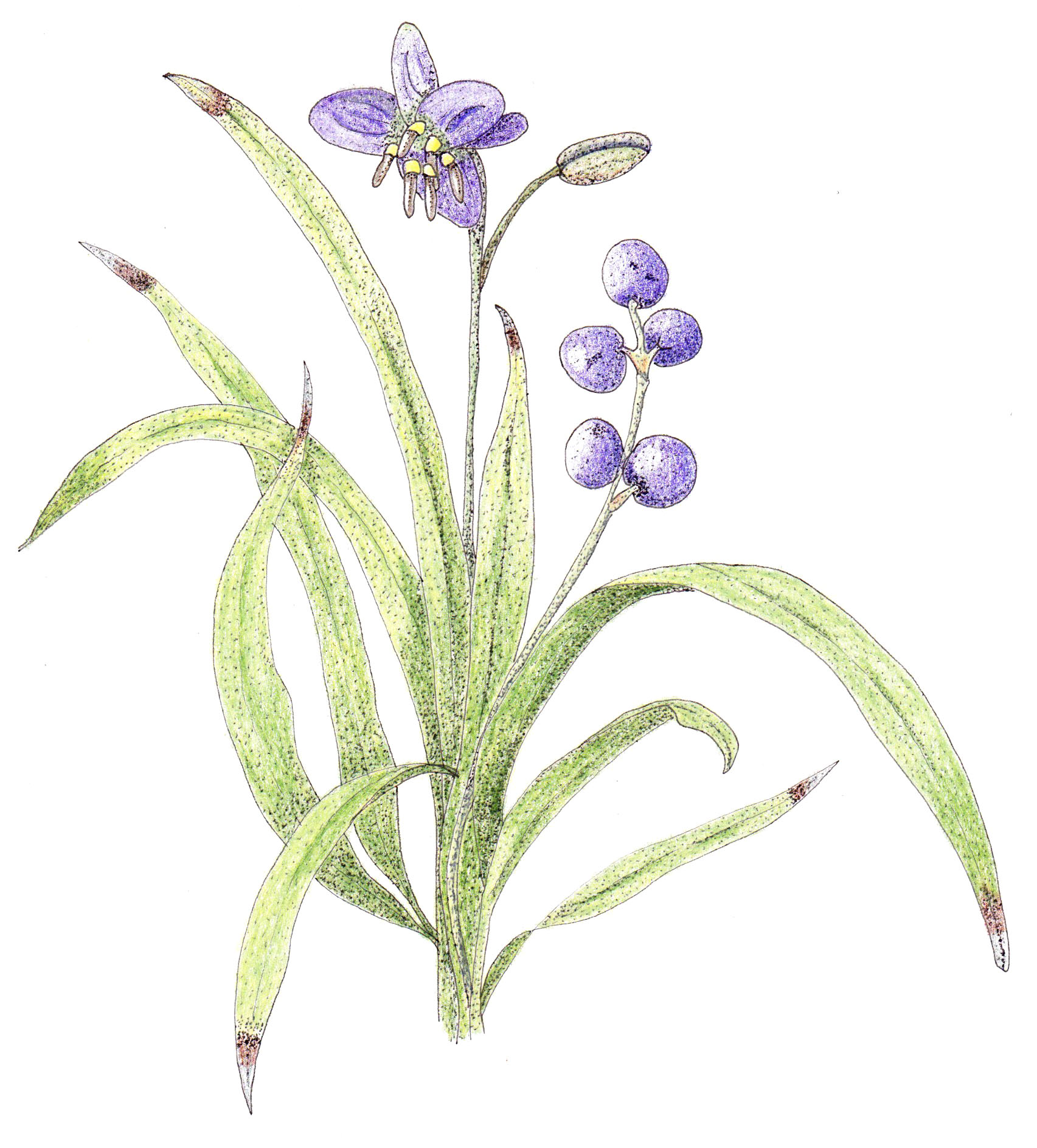
Blueberry Lily
(Dianella revoluta)
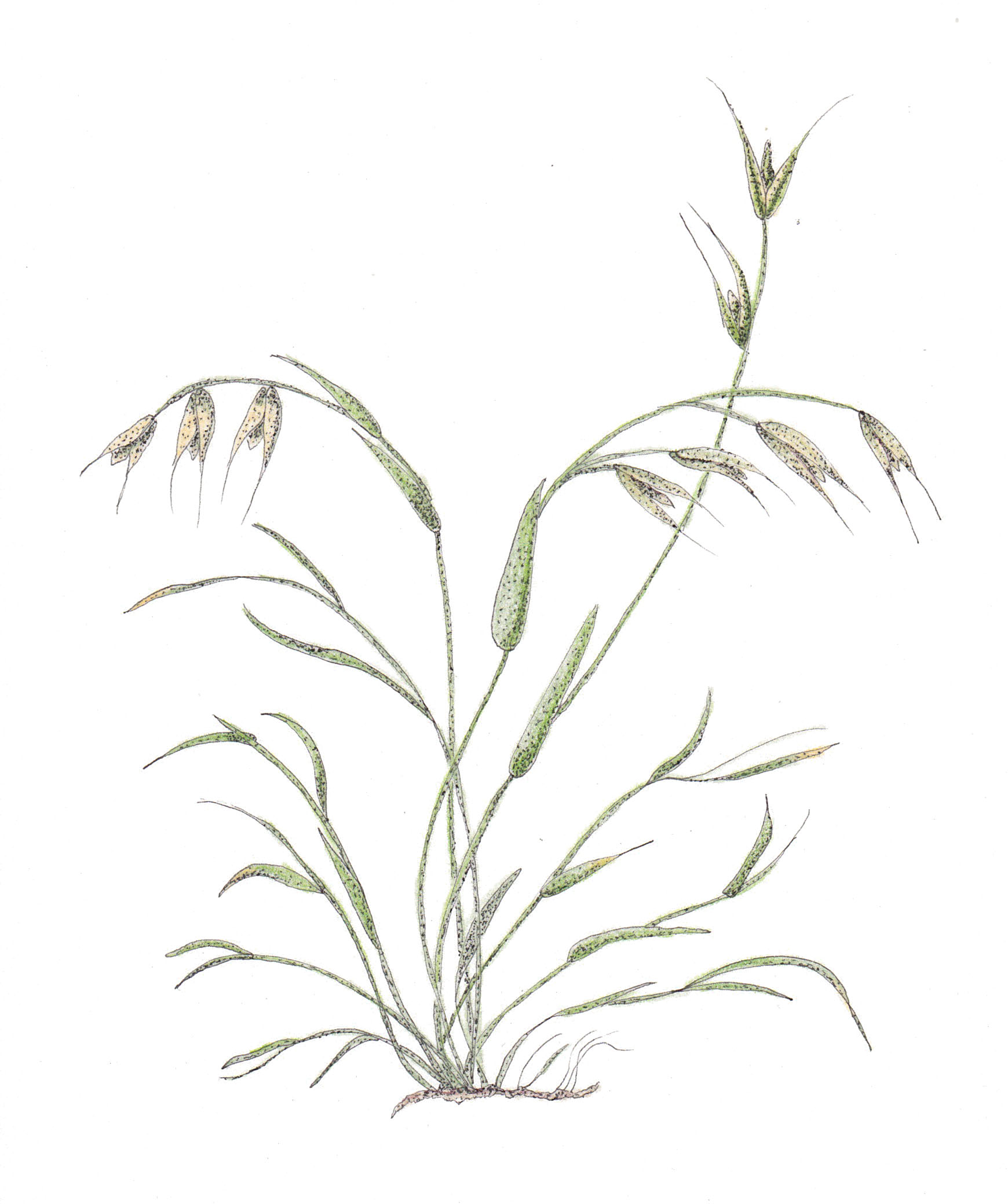
Weeping Grass
(Microlaena stipoides)

Three-awn Speargrass
(Aristida vagans)
Vines
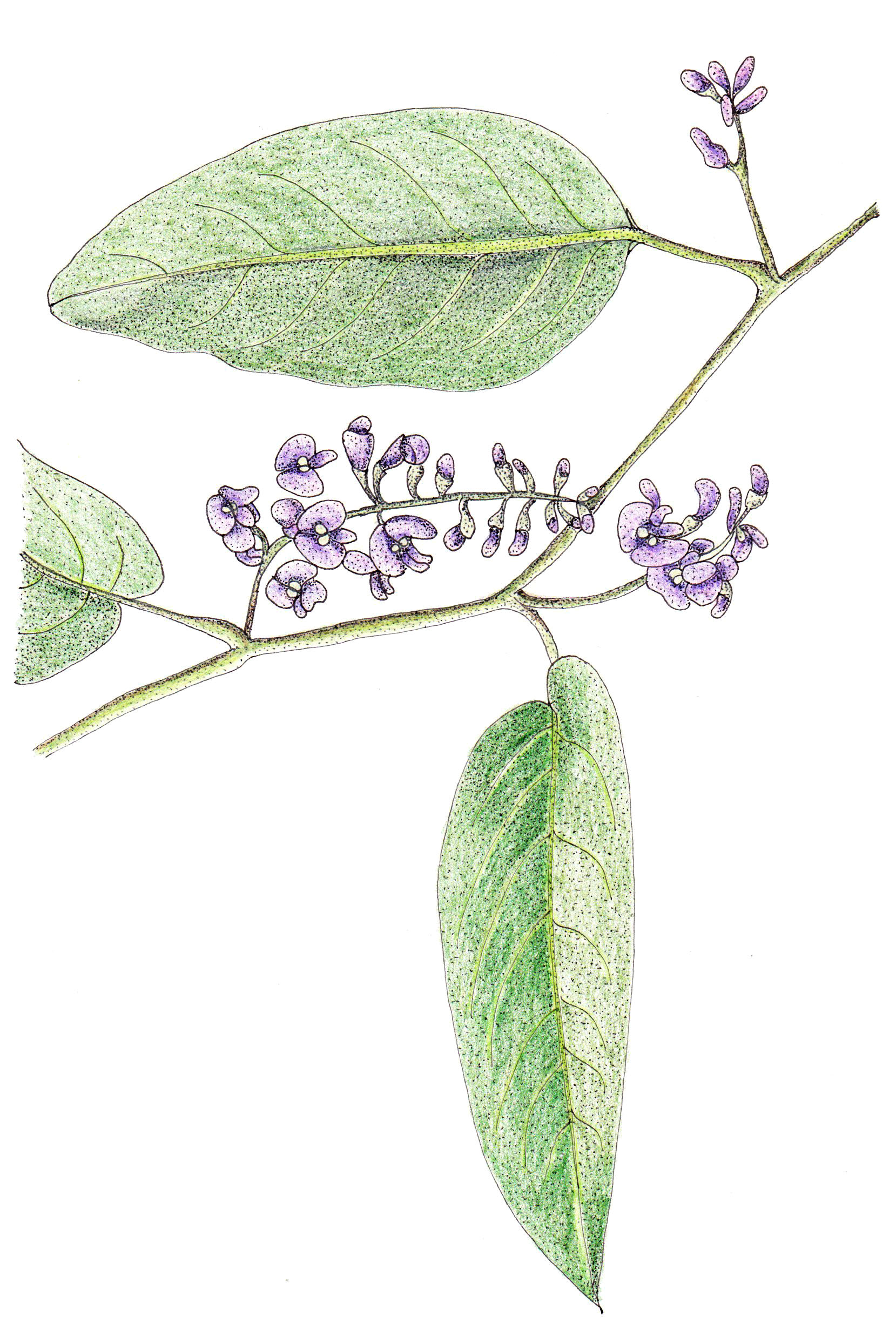
Purple Coral Pea
(Hardenbergia violacea)
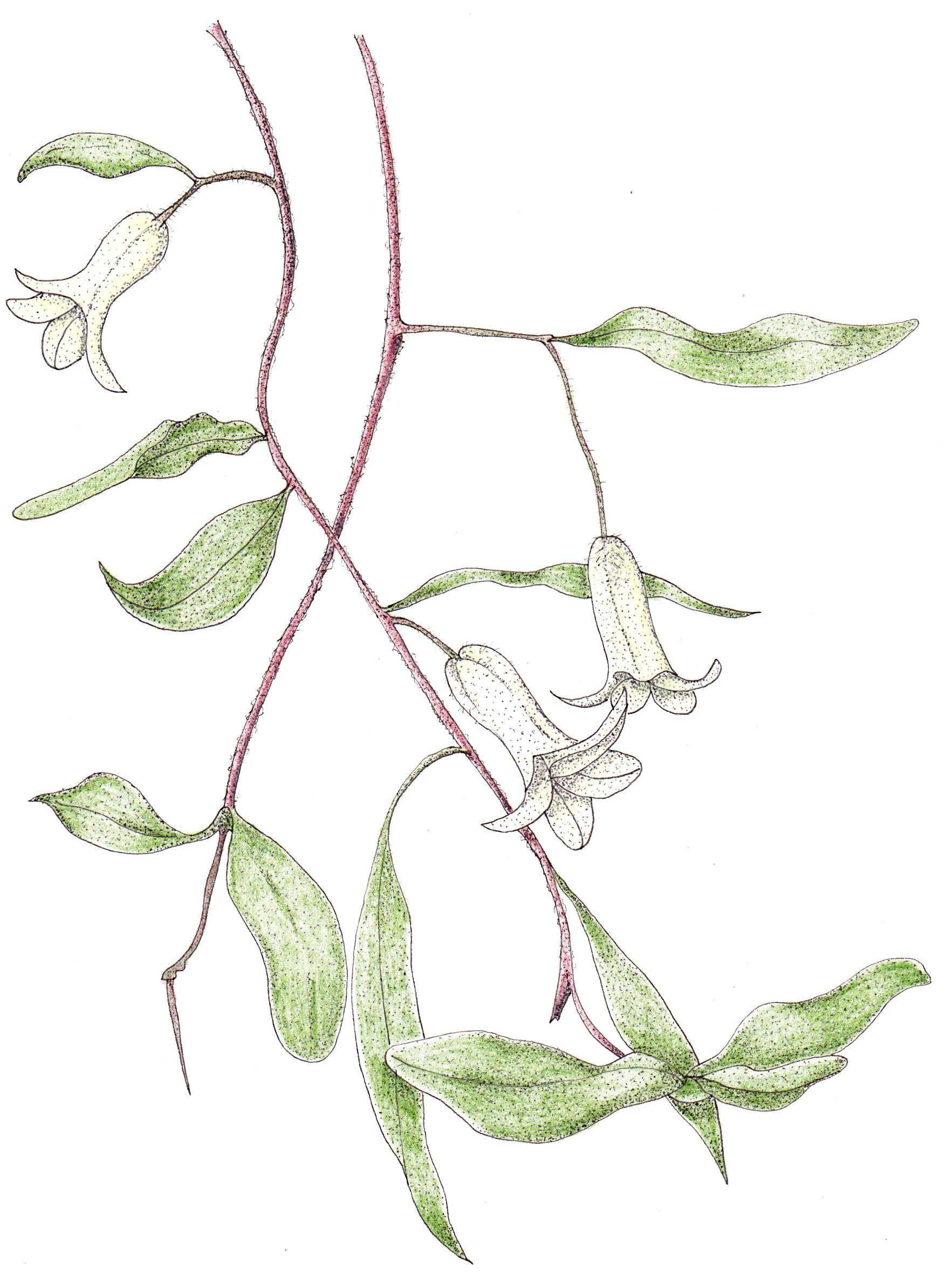
Apple Berry
(Billardiera scandens)

Twining Glycine
(Glycine clandestina)
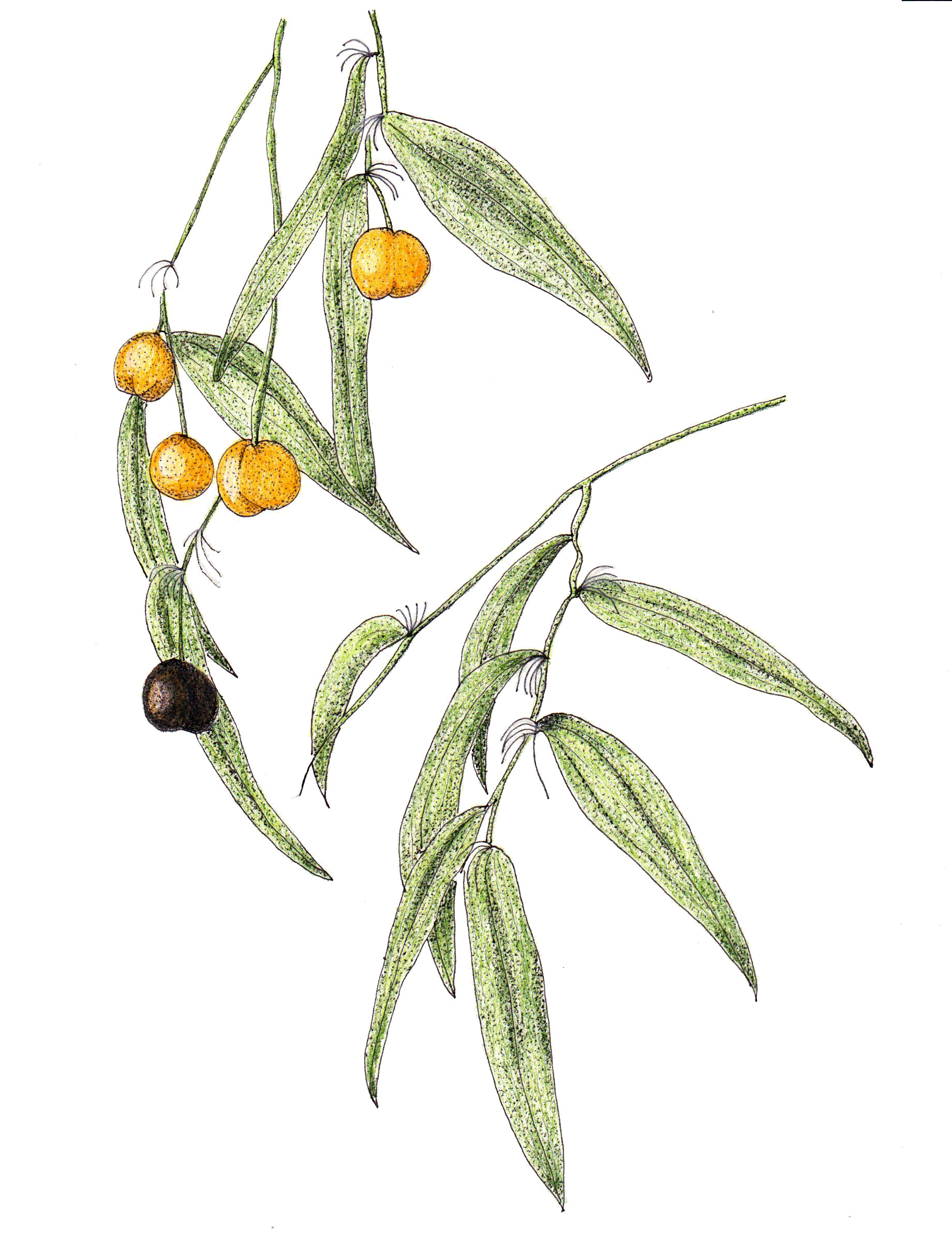
Wombat Berry
(Eustrephus latifolius)
This project is supported by funding from Hunter Local Land Services through the Australian Government’s National Landcare Program
